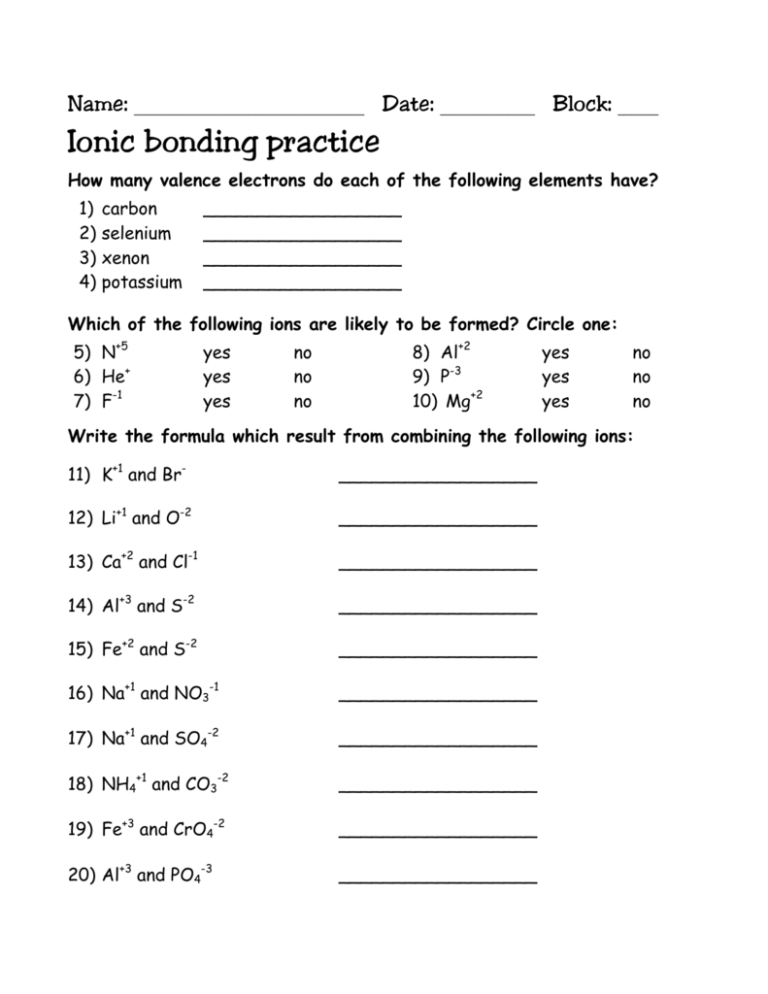5 Effective Worksheets for OCD Relief

OCD, or Obsessive-Compulsive Disorder, is a mental health condition characterized by intrusive thoughts (obsessions) and repetitive behaviors (compulsions). For many, dealing with OCD can be challenging, but integrating worksheets into therapy can offer a structured approach to manage symptoms. Here, we'll delve into five effective worksheets designed to provide OCD relief, fostering cognitive behavioral therapy techniques and promoting mental health and wellbeing.
Understanding OCD and Cognitive Behavioral Therapy (CBT)

Before diving into specific worksheets, it's crucial to understand that OCD therapy often involves Cognitive Behavioral Therapy, which works by changing the pattern of thinking or behavior that is behind people’s problems. It targets:
- Identifying and restructuring negative thought patterns
- Gradual exposure to fear-inducing thoughts or situations
- Reducing the compulsion to perform rituals
1. Exposure and Response Prevention (ERP) Worksheet

ERP is a cornerstone of OCD management. This worksheet helps individuals:
- List feared situations or thoughts in order from least to most anxiety-provoking
- Plan exposure tasks where the individual faces these situations without engaging in compulsive behaviors
- Monitor and record the intensity of anxiety during and after exposure
🔎 Note: ERP is not about creating immediate comfort but learning to tolerate discomfort.
2. Thought Record Worksheet

This worksheet guides individuals through the process of:
- Identifying intrusive thoughts
- Assessing the evidence for and against these thoughts
- Creating alternative, balanced thoughts
Thought Record Example:
| Trigger | Automatic Thought | Evidence For | Evidence Against | Alternative Thought |
|---|---|---|---|---|
| Stepping on a crack | "Something bad will happen to my family." | Nothing bad happened the last time | No logical connection; it's just superstition | "Stepping on cracks has no effect on my family's safety." |

3. Compulsion Journal Worksheet

The compulsion journal is designed for:
- Tracking the frequency, duration, and context of compulsive behaviors
- Identifying triggers that lead to compulsions
- Establishing the effectiveness or lack thereof in providing relief from anxiety
Through this method, one can begin to see patterns or times when compulsions are most likely to occur, aiding in strategizing prevention tactics.
4. Hierarchy of Feared Situations Worksheet

Similar to ERP, this worksheet focuses on:
- Creating a personalized fear hierarchy
- Gradually exposing oneself to items or situations on the list
- Reducing avoidance behaviors over time
This structured approach can help diminish the intensity of fear associated with each situation or object, thereby reducing the need for compulsive behaviors.
5. Mindfulness Meditation Worksheet

While not exclusively an OCD-specific tool, mindfulness can:
- Reduce the frequency and intensity of obsessions
- Help in noticing compulsions without engaging in them
The worksheet can include prompts for:
- Focused breathing exercises
- Observing thoughts and letting them pass without judgment
- Body scan meditation to tune into physical sensations and release tension
By practicing mindfulness, individuals with OCD can learn to respond to obsessive thoughts in a more adaptive, less reactive manner.
📝 Note: Remember, while worksheets are tools for managing OCD symptoms, they are most effective when used within the framework of ongoing therapy.
To wrap up, these five worksheets provide structured strategies that can be beneficial in the journey towards OCD relief. They encourage self-awareness, gradual exposure to anxiety, and a reduction in compulsive behavior, all of which are integral components of cognitive behavioral therapy. By using these tools regularly, individuals with OCD can work towards gaining greater control over their symptoms, understanding their triggers better, and ultimately improving their quality of life.
Are these worksheets effective for all types of OCD?

+
These worksheets cater to different aspects of OCD, including various types like contamination fears, checking compulsions, and more. However, their effectiveness can vary from person to person. They work best as part of a broader treatment plan tailored to individual needs.
Can these worksheets be used without professional therapy?

+
While the worksheets can be a useful self-help tool, for most people, therapy with a mental health professional provides the best results. Self-help strategies can be effective supplements, but guidance from a therapist ensures the techniques are applied correctly and safely.
How long should one use these worksheets for OCD relief?

+
The duration varies, but typically, individuals will benefit from using these worksheets as part of their daily or weekly routine for several weeks to months. The key is consistency and continuous monitoring of progress with possible adjustments made along the way.



